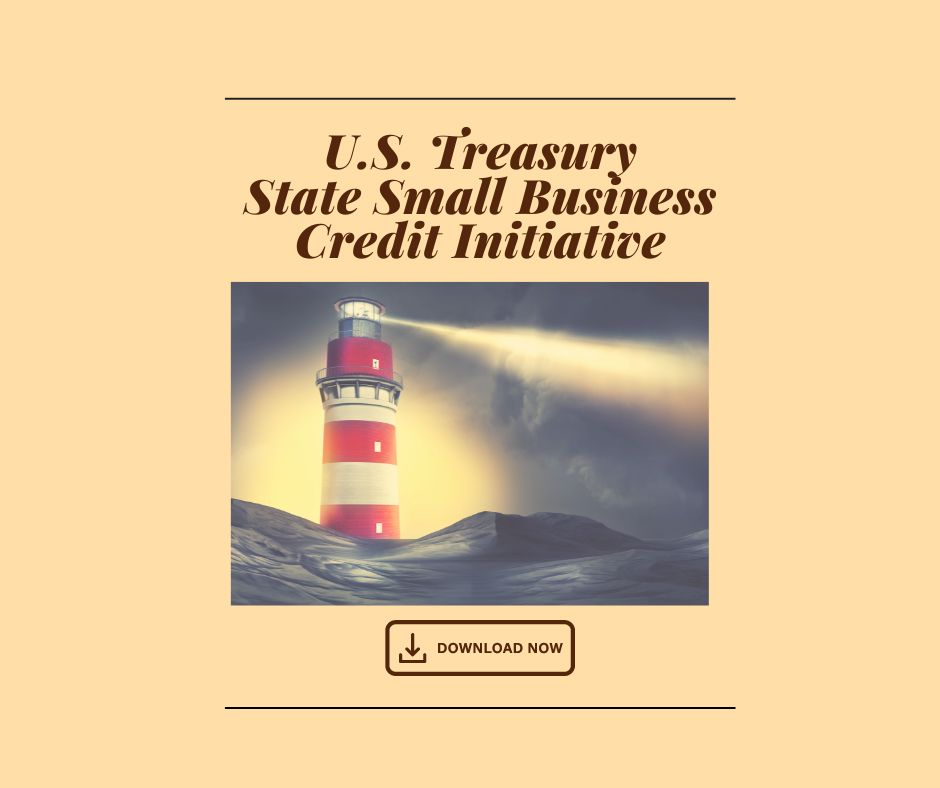The federal government is making available $10 Billion and all small businesses in the country are eligible for the money.
This is not the paycheck protection program or the economic injury disaster loan program. Both of those Covid-relief efforts have expired. This is also not a loan program from the Small Business Administration. It’s from the treasury department.
The program is called the state small business credit initiative, or SSBCI, and it works like this:
- Your State submitted an application to the US Treasury proposing how to use the funds
- US Treasury reviews and approves and funds directly to your State
So how does your business get access to these funds? You can go to the Council of Development Finance Agencies’ state resources map. The funds, once received by the states, will then be distributed to existing and authorized organizations that finance and support local small businesses.
These are community development investment funds (CDFIs), minority deposit institutions (MDIs), community banks, economic development groups and other non-profits that work with small businesses in their areas.
The funds will be used for loans, grants and equity investments. They can also be used to collateralize new debt with existing banks or insure their repayments. The whole idea is to get money in the hands of small businesses that wouldn’t otherwise be able to get financing through traditional lenders because of their financial history – or lack thereof.
Certain funds are targeted specifically to minority-owned businesses or businesses located in low- to moderate-income areas. But just about any business can apply for these funds, even non-profits.
Find out the organizations that are receiving SSBCI money from your state and reach out to them.
They need to get to know you and your business. The application process will take a bit of time so you want to gather your documentation – bank statements, tax returns, financial records – and begin down that road. You should be applying for funds from multiple places.
These organizations aren’t going to come knocking on your door. But they do have money to spend. Your objective is to get them to spend it on you.
Need more Working Capital?
SSBCI Treasury Guide
Through this program, the Federal government is making available $10 Billion directly to States for all small businesses in the country. In our Step-by-Step guide, we explain the program and outline how to access the funds including examples of eligibility and use of funds. If you want instructions on how to submit a financing request, check out our Business Financing Application Fundamentals BEACON GUIDES.




